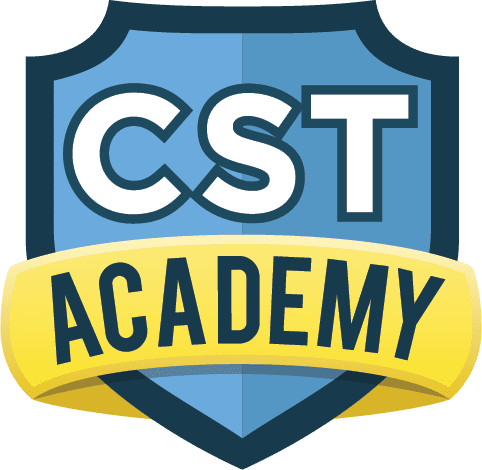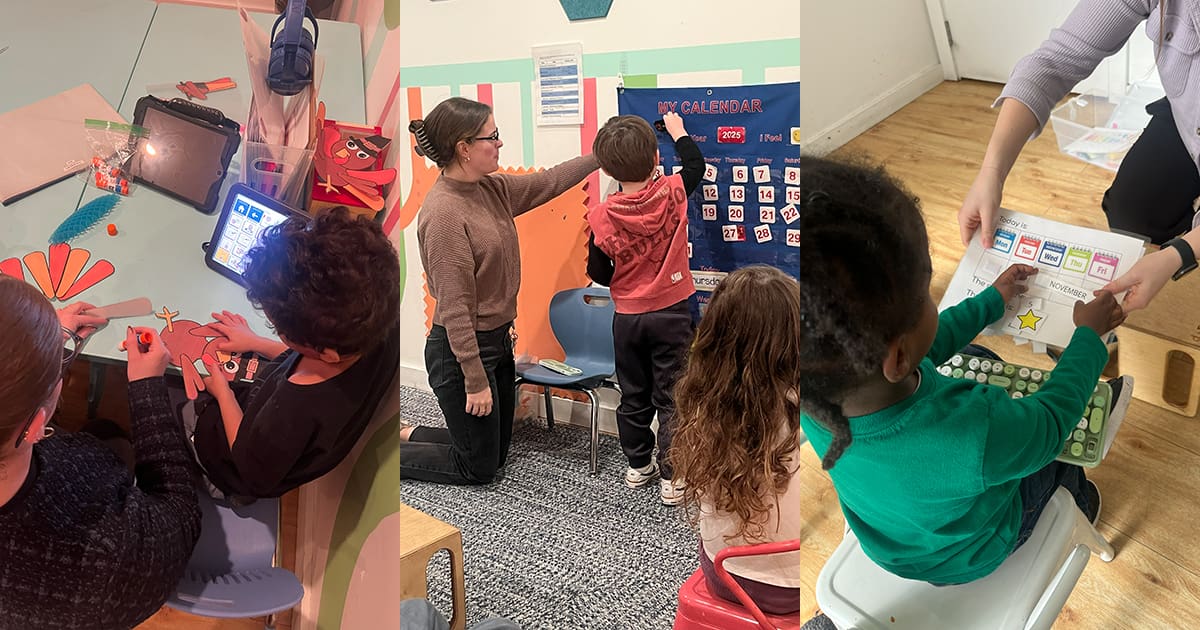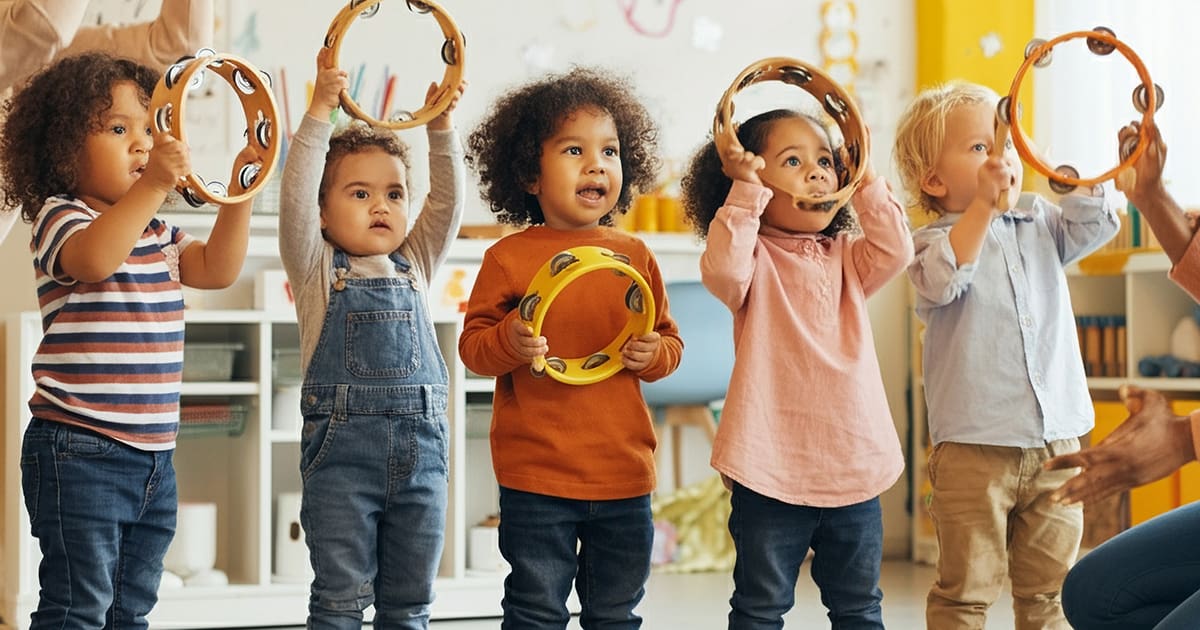Share this Post
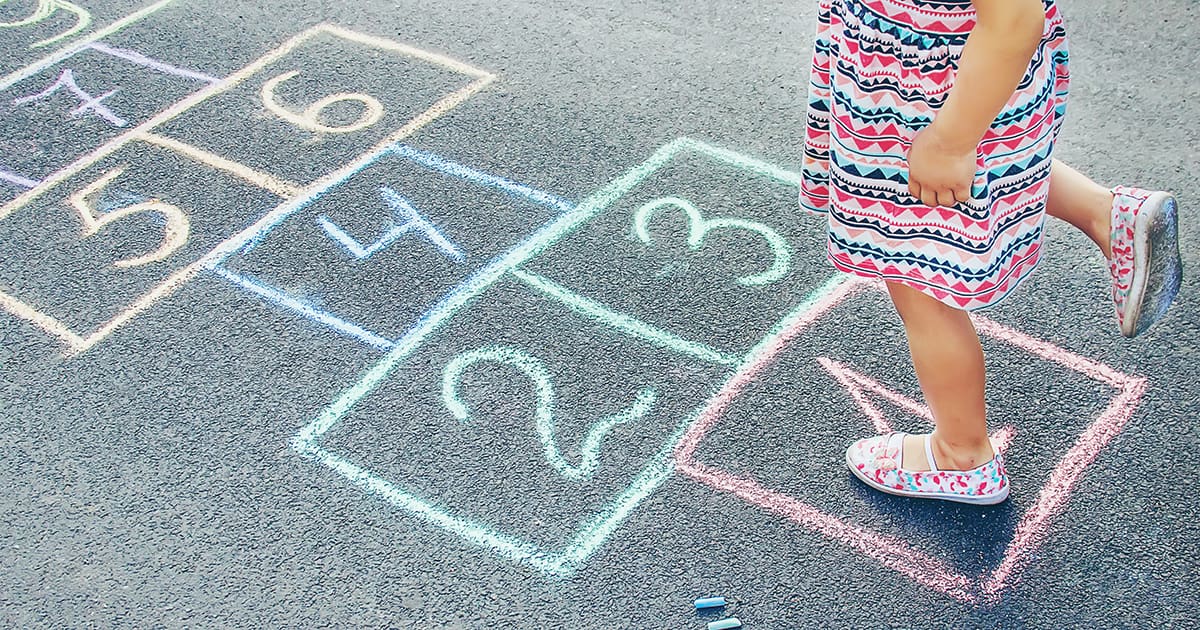
For children with autism, mastering gross motor skills is a critical step toward building independence, confidence, and the ability to engage in everyday activities. Gross motor skills, which involve the coordination and movement of larger muscle groups, are the foundation for essential tasks like walking, running, jumping, and balancing. However, challenges in motor planning, muscle tone, or sensory processing often make these skills difficult for children with autism to develop.
At CST Academy, we understand the importance of gross motor skill development and its impact on a child’s overall growth. Through our compassionate and individualized approach, we create engaging, play-based opportunities for children to strengthen their gross motor skills while fostering a sense of accomplishment. Our expert therapists work closely with families to ensure each child receives the support they need to thrive in their physical, social, and emotional development.
What Are Gross Motor Skills?
Gross motor skills involve the movement and coordination of large muscle groups that control actions like walking, jumping, sitting upright, and throwing. These skills are essential for navigating the world, participating in play, and engaging in everyday routines. Key examples of gross motor skills include:
- Running and jumping.
- Climbing stairs.
- Kicking or throwing a ball.
- Balancing on one foot.
- Sitting upright at a desk.
Gross motor development supports physical strength, coordination, and endurance while serving as the foundation for more complex activities, such as playing sports or participating in group games.
Why Do Children with Autism Struggle with Gross Motor Skills?
Children with autism may face unique challenges in developing gross motor skills due to factors such as:
- Low Muscle Tone
Reduced muscle tone can affect posture, balance, and strength, making it harder for children to perform physical tasks. - Motor Planning Difficulties
Motor planning refers to the brain’s ability to plan and execute movements. Many children with autism struggle to coordinate their body movements effectively. - Sensory Processing Challenges
Sensory sensitivities or sensory-seeking behaviors can impact how children respond to physical activities, making it difficult to engage in motor tasks. - Delayed Imitation Skills
Children with autism may find it harder to learn gross motor skills by observing and imitating others, which can slow their progress.
With the right interventions and a supportive environment, these challenges can be addressed to help children develop the gross motor skills they need for success.
The Benefits of Improving Gross Motor Skills
Developing gross motor skills provides numerous benefits that go beyond physical development. Some of the key advantages include:
- Increased Independence
Gross motor skills enable children to perform tasks like climbing stairs, navigating playgrounds, or carrying objects without assistance. - Improved Social Skills
Participating in physical activities, such as group games or sports, helps children build social connections and teamwork skills. - Enhanced Confidence
Mastering physical tasks fosters a sense of achievement and boosts self-esteem. - Better Academic Readiness
Gross motor skills, such as sitting upright or participating in movement-based learning activities, are essential for success in school. - Improved Health and Fitness
Regular physical activity supports overall health, fitness, and well-being, helping children stay active and engaged.
How CST Academy Supports Gross Motor Development
At CST Academy, we provide a nurturing and inclusive environment where children can develop gross motor skills at their own pace. Our therapists use evidence-based techniques, creative activities, and sensory-friendly tools to create a fun and engaging learning experience. Here’s how we help:
1. Comprehensive Assessments
Every child’s journey begins with a detailed assessment to identify their unique strengths and areas for growth. This allows us to create a personalized therapy plan that addresses specific gross motor challenges.
2. Play-Based Therapy
Play is a powerful motivator for children, and we use it to make gross motor skill development enjoyable and effective. Activities include:
- Obstacle Courses: Encourage climbing, crawling, and balancing while building coordination and strength.
- Ball Games: Improve hand-eye coordination, balance, and motor planning through throwing, catching, or kicking.
- Jumping and Hopping Activities: Help develop lower body strength and balance while engaging children in fun challenges.
3. Sensory Integration Strategies
For children with sensory processing challenges, we incorporate sensory-friendly tools and techniques to support gross motor development. Examples include:
- Using swings or balance boards to improve vestibular processing.
- Incorporating heavy work activities, like pushing or pulling objects, to build strength and regulation.
- Offering calming sensory input, such as weighted vests, to help children feel more grounded during physical activities.
4. Multidisciplinary Approach
Our occupational therapists, speech therapists, and behavior specialists work together to address gross motor skills as part of a child’s overall development. This collaborative approach ensures that physical progress aligns with social, communication, and emotional goals.
5. Parent Collaboration and Home Support
We empower parents to reinforce gross motor development at home through practical tips and activities. By providing consistent opportunities for practice, families can support their child’s progress beyond therapy sessions.
Simple Activities to Try at Home
Parents can help their child build gross motor skills with these fun, simple activities:
- Animal Walks: Encourage your child to walk like a bear, hop like a frog, or slither like a snake to build strength and coordination.
- Simon Says: Use gross motor commands like “jump,” “spin,” or “march” to practice following directions and movement planning.
- Ball Play: Roll, toss, or kick a ball back and forth to improve coordination and motor control.
- Hopscotch: Create a hopscotch grid with chalk or tape to encourage jumping and balance.
- Outdoor Adventures: Take walks, visit playgrounds, or explore nature to engage your child in physical activity.
Why Families Choose CST Academy
Families trust CST Academy to provide compassionate, individualized care that supports every aspect of their child’s development. Here’s why parents choose us:
- Expert Team: Our therapists are skilled in addressing gross motor challenges for children with autism.
- Tailored Programs: Every therapy plan is designed to meet each child’s unique needs and goals.
- Inclusive Environment: Our sensory-friendly classrooms provide a safe and welcoming space for learning and growth.
- Parent Partnership: We collaborate closely with families to ensure progress continues at home and in the community.
A Parent’s Perspective on CST Academy
“Before CST Academy, my child struggled with climbing stairs or playing at the park. Now, thanks to the therapists’ creative and caring approach, he’s running, jumping, and even riding his tricycle with confidence. We’re so grateful for the progress he’s made!”
Take the First Step Toward Stronger Skills
Improving gross motor skills is a vital part of helping children with autism build independence, confidence, and a healthy, active lifestyle. At CST Academy, we’re here to provide the expert guidance and compassionate care your child needs to thrive.
Contact us today to learn more about our programs and how we can support your child’s gross motor development. Together, we’ll celebrate every step of their journey toward success.
Discover Our Pediatric Therapy & Autism Care
ABA Therapy
Support for children with autism.
Autism Evaluation
Expert assessments to identify child needs.
Pediatric Therapy Services
Speech, Occupational, Feeding, and Physical Therapy.
Therapeutic Preschool
A classroom environment designed for early learners with unique needs.
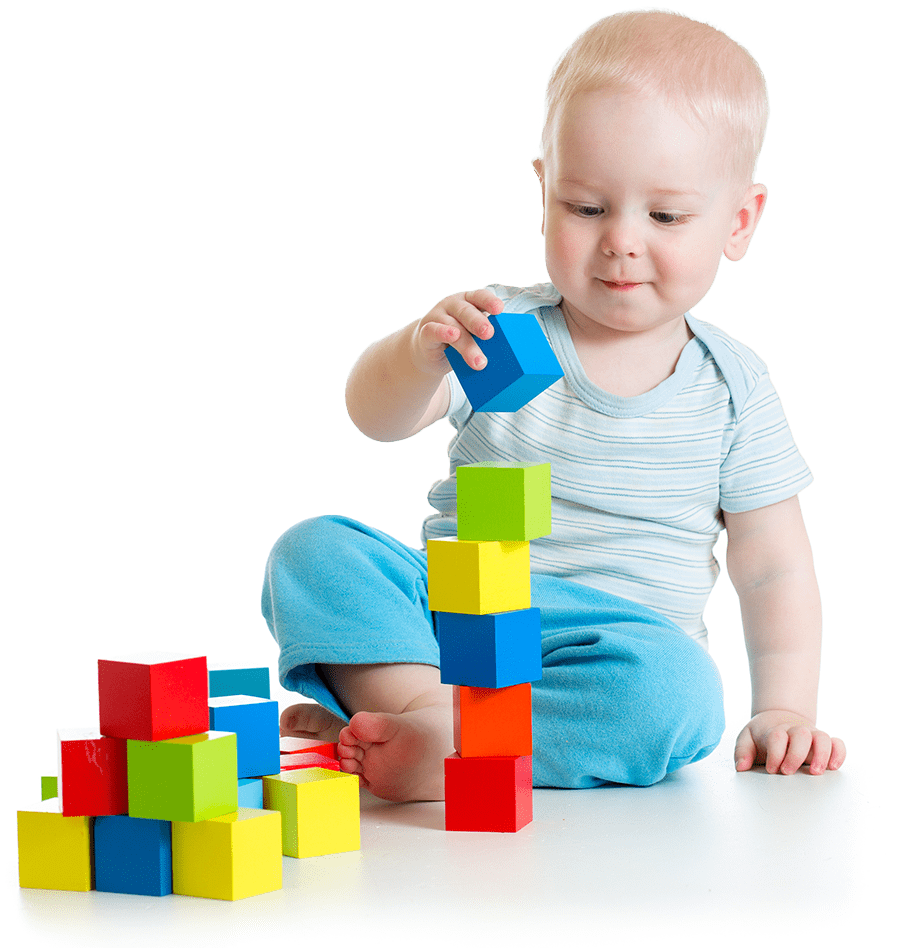
Find the Best Care for Your Child

